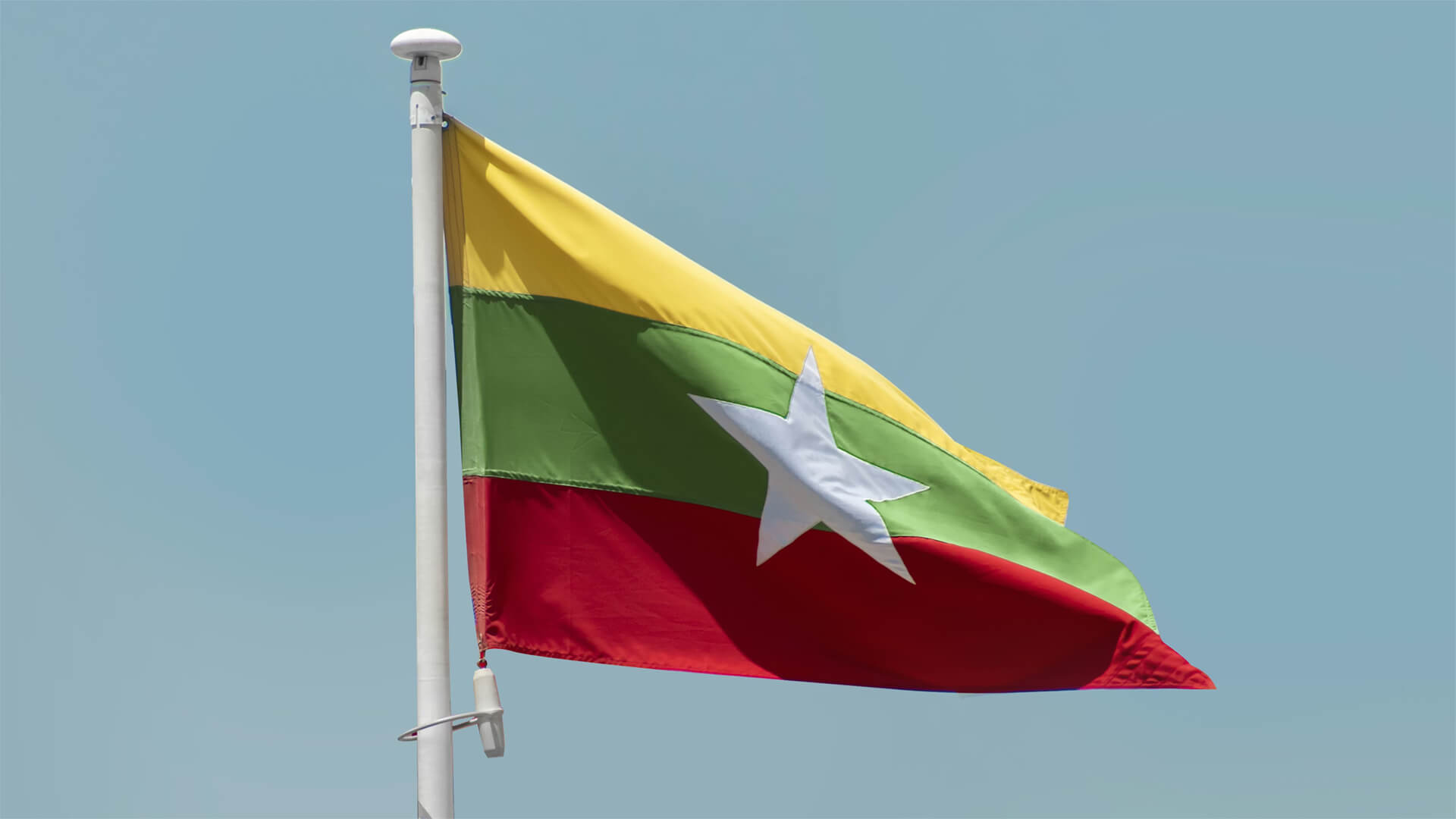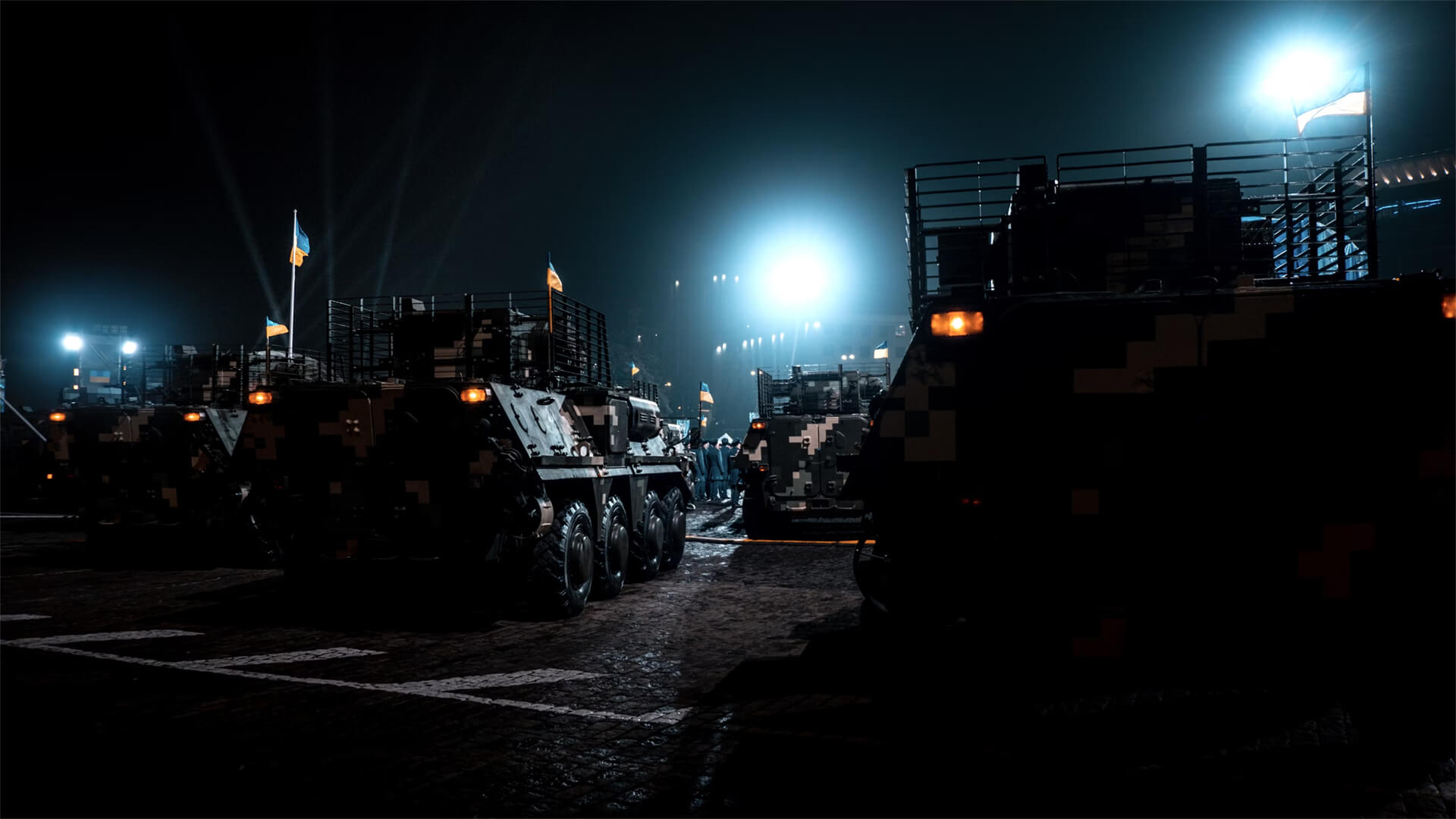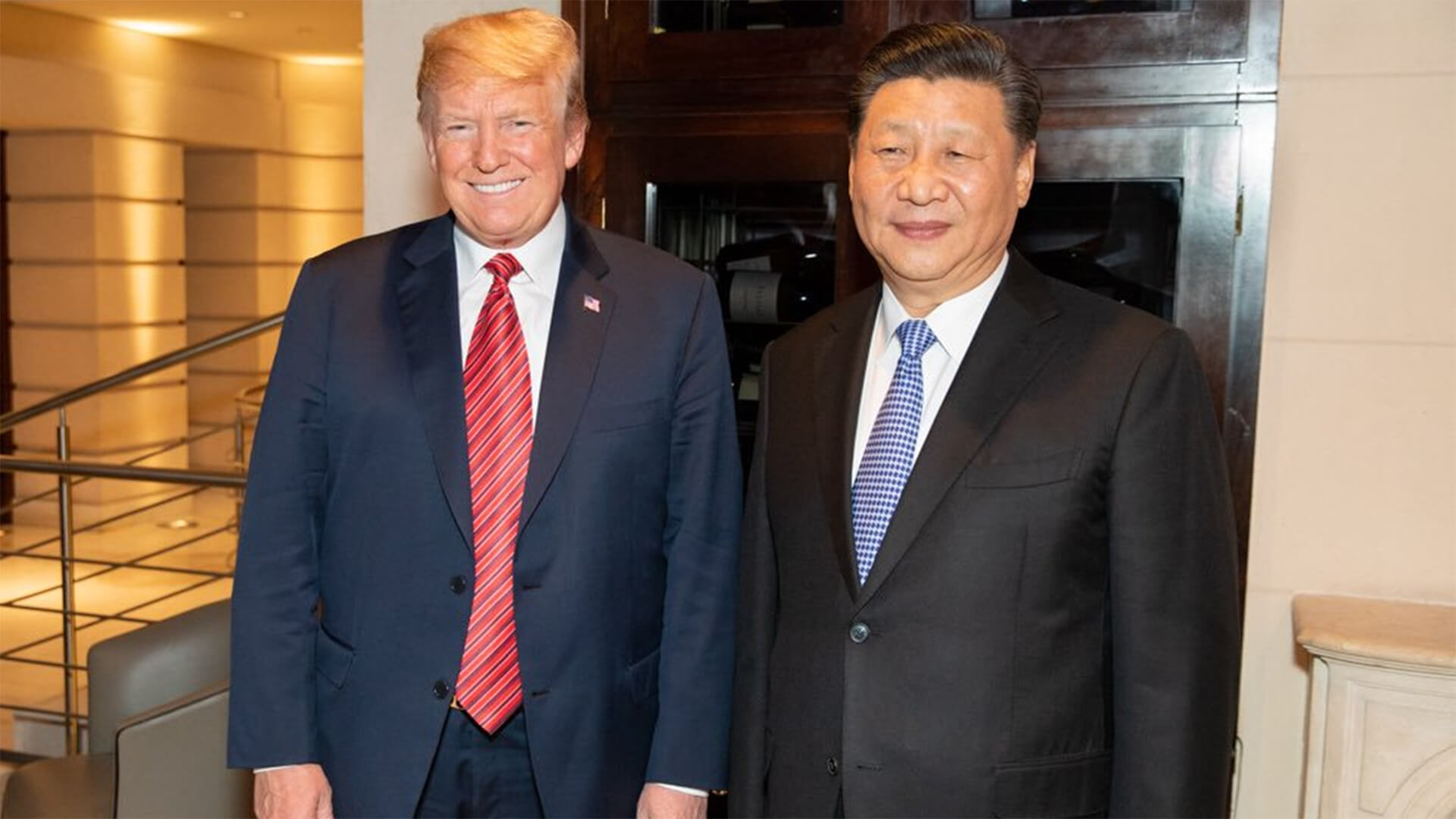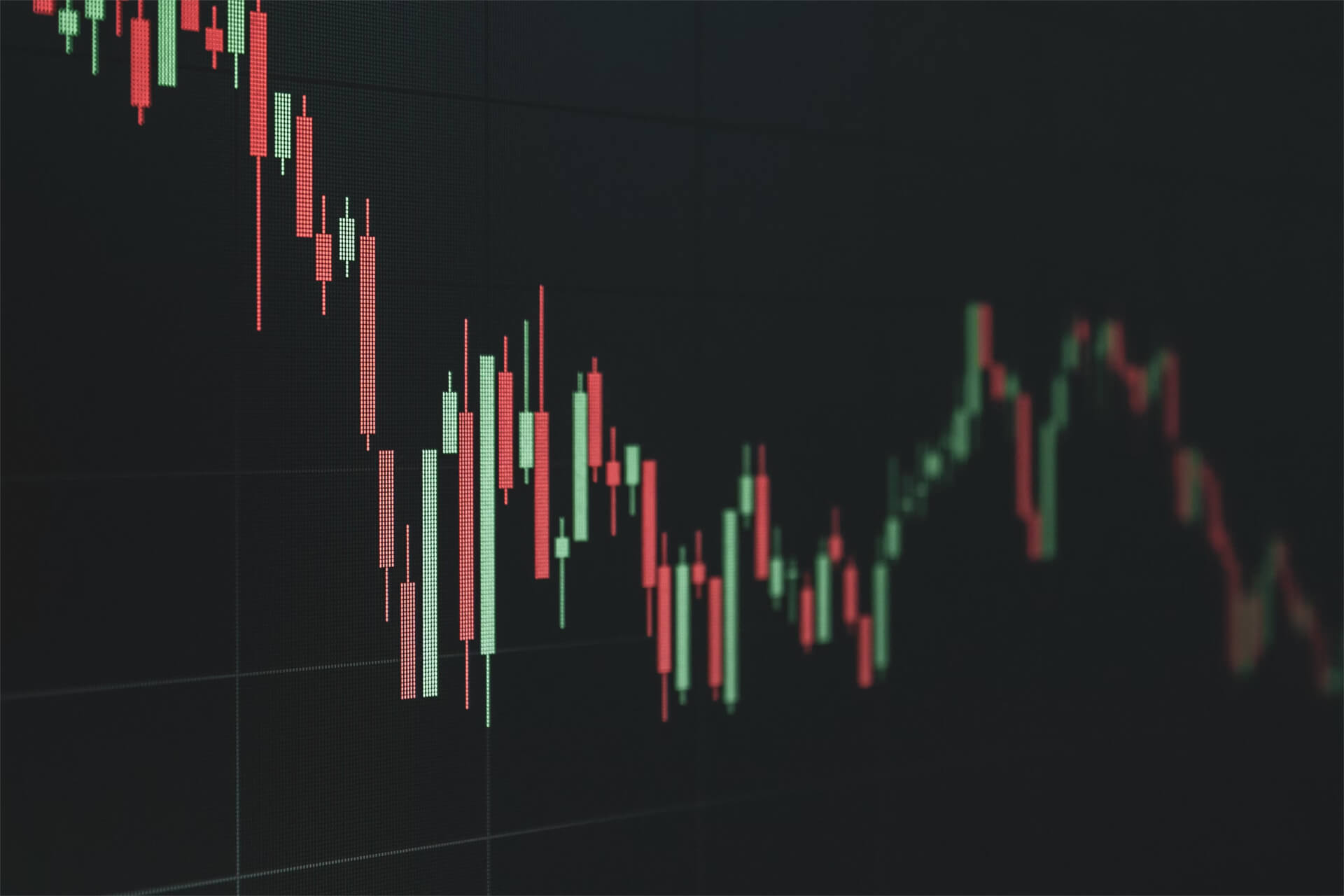For a country that doesn’t get much attention, Myanmar matters much more than most realize.
While caught in a civil war for decades, Myanmar has a whole lot going for it. It sits between India and Thailand, it’s a low-cost labor center, and it has a navigable river. Add all that up, and you’ve got the perfect replacement for low-end global supply chains when China goes belly up. And if the election goes well in December, things might get even better.
Myanmar is also punching above its weight class in geopolitical importance. In the eyes of Beijing, they are an attractive land outlet to the Indian Ocean and access to Middle Eastern energy. With the military juntas in Myanmar favoring China and elected governments favoring the West, the coming election could tip the scales and shake up logistics for Beijing.
Transcript
Hey all. Peter Zeihan here coming to you from Wren chair, a creek in Yosemite where I have my own personal beach and pool resort. Quite refreshing and a little chilly. Anyway, today we’re going to talk about Myanmar, which, of course, makes some of you say, what the hell is a Myanmar? And why would I care? Well, let me tell you, Myanmar is a country in Southeast Asia, sandwiched between the part of India that India doesn’t like to talk about.
And Thailand. It is well, it’s having a really nasty civil war again. Has been for decades, honestly. And we now have news that on the 28th of December, the ruling junta, a military group, has decided that they’re going to hold elections again. And this is important for the three reasons that you should care. Number one, if we are going to move into a world beyond China, the Chinese are dying.
So we need to. But if we still want stuff, we need to build out as robust of manufacturing supply chains outside of mainland China as we possibly can. Myanmar can be a huge part of that. It’s already part of the Association of Southeast Asian Nations. But
Unlike Malaysia or Thailand or Singapore, it’s not particularly advanced in Vietnam, long since left it in the dust. However, all types of manufacturing that are going to be economically viable require a multi-step manufacturing supply chain step, something that some policymakers sometimes forget. And that means you need someone on the low end to do things like assembly in Myanmar is perfectly set up for that.
So if we’re going to have a reasonable chance of still having manufactured goods in a post China world, Myanmar, it would really help if they were part of the solution. That’s one. Number two. Like I said, there’s a civil war going on. And because of that, you’ve got lots of secondary groups, minorities that are basically massively funding their operations through the heroin trade.
Well, in the past, when the military’s giving up power to central control, the war has died down and some of the heroin production and smuggling has died down with it. So yes, yes, yes, Americans love their meth. They love their fentanyl. The cocaine. But we like heroin too. And anything that constrains the supply, I would say, is a good thing.
And then the third reason why it matters is China directly. If China is ever going to escape parts of its geography, it really needs another outlet to the world. Right now, its entire population is basically on the eastern coast. And just off the coast is something called the first island chain. Japan. Taiwan, the Philippines, Indonesia.
Countries that are, for all practical purposes, Informal if not formal U.S. allies. And so China has never, ever been able to punch through the chain in any meaningful way. They would take a Navy as powerful as the US Navy, which they are nowhere close to even try. So what about an alternative on land?
Now, going through Russia sucks because it’s you know, Russia and they can’t be trusted by anyone. But Myanmar provides an opportunity to not only bypass the Strait of Malacca, but get closer to, say, the oil fields of the Middle East. So in the past, when the military has been in control, relations with the Chinese have been pretty good, even though the civil war boils right up to China’s border.
But when the military gives up power and the civilian authorities take over, then it’s a little bit different. And generally China gets shafted, loses all its investments, and Myanmar opens to the west. That’s what happened about 12, 13 years ago when I was writing The Accidental Superpower. So there’s a section on Myanmar in that book. If, if, if, if in December, real elections actually happen.
I see no reason why that shouldn’t happen again. So having a military dictatorship in Myanmar is something that the Chinese actually like, because they know who to talk to you. They know that, you know, you don’t have to change policy every election. Now, I don’t want you to get overexcited here. Democracy in Myanmar looks different than it does anywhere else.
This is a country where the Burman people are largely in the center of the country, along the Irrawaddy River. To be perfectly blunt, the military is all Burman and they’re wildly racist. And that’s one of the reasons why the Civil War is going. And the last time we had elections and this woman by the name of Onion Suu Kyi, one who had been a dissident for quite some time, policy towards the minorities didn’t change at all.
The Burman are pretty nasty with all of the minorities in the country. So I don’t want to suggest this is a once and done and not part of a process, but it would definitely be a step in the right direction. One more thing to keep in mind. Almost unique in Asia. Certainly in Southeast Asia.
There is a river, that goes right through the Burma territory, called the Irrawaddy. And it is one of only a handful of navigable waterways in the, in the Asian landmass. So not only would the skill set for manufacturing be kind of like a 1980s Mexico, you know, relatively low skilled, relatively low education, but really, really cheap. You also have the possibility, because of the navigable waterway, of moving cargo back and forth really, really cheaply.
So from an infrastructure point of view, would be really easy to build out Myanmar if the politics align. We’ll find out in December.











